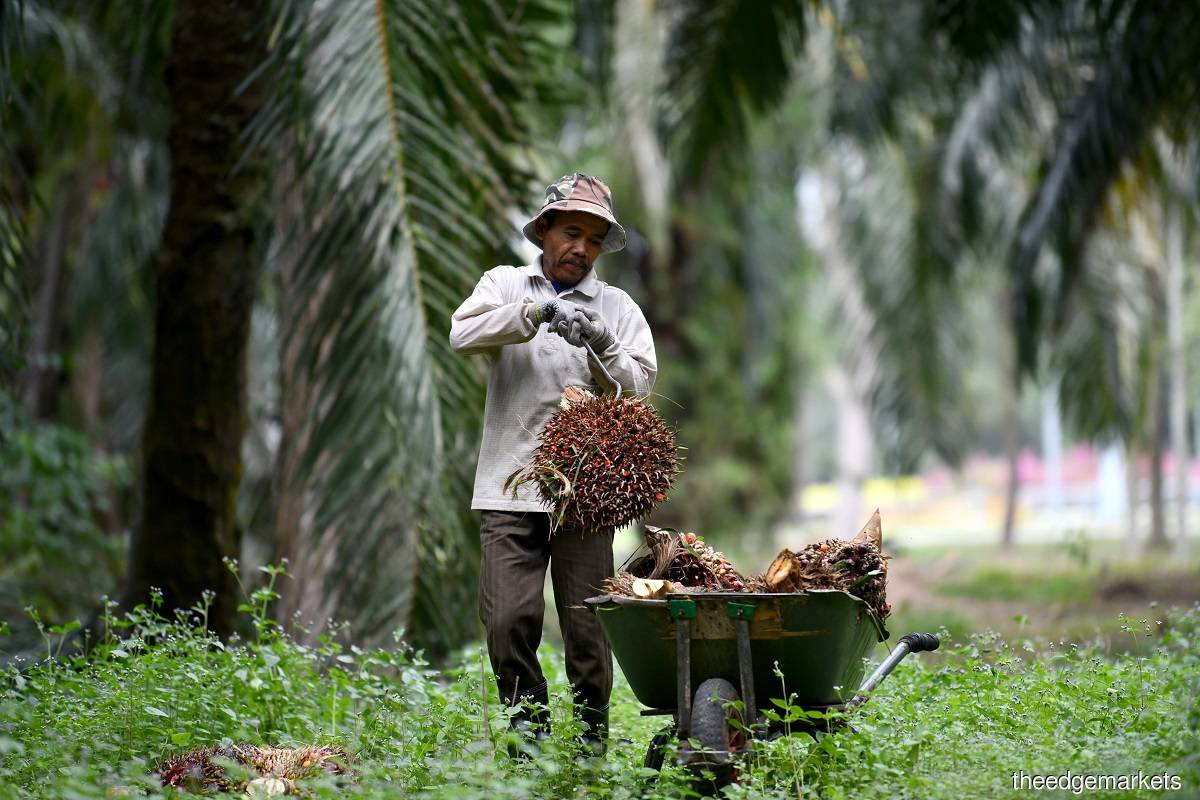RSPO issues hot weather alert and warns of potential fires

The Roundtable on Sustainable Palm Oil (RSPO) has issued a hot weather alert and warned of potential fires amid forecasts of drier conditions in Southeast Asia.
In the coming months, the RSPO said the region was at risk of fire and haze due to a number of factors, including the El Niño phase of the El Niño-Southern Oscillation (ENSO) associated with drier weather conditions in Southeast Asia; climate change causing temperatures to rise, making the region more susceptible to wildfires; and deforestation and land clearing which continued to increase the risk of fires in Southeast Asia.
“As a result of these factors, there is potential for an increase in hotspots and fire in Southeast Asia in the coming months. This could pose a serious safety risk to oil palm estate workers, local communities and neighbouring areas, and also the possibility of trans-boundary haze,” the RSPO said in a statement on 23 May.
To mitigate the risk of fire, the RSPO was urging all its members who had oil palm estates operations in Southeast Asia to take a series of precautions, including familiarising workers with fire evacuation plans and reporting any suspicious activity or fires to the fire department immediately.
In addition, workers on plantations should also be aware of the safety risks associated with working in peat areas, which were highly flammable, the RSPO said.
In addition, the association said it was important for companies to be aware of the potential impact of fire on local communities, mitigate the risk and devise a fire prevention plan.
The RSPO Integrity Unit would continue to monitor the situation and would send out e-alerts to specific RSPO members if there was a hotspot detected within their respective concession, the association said.
The RSPO said it was monitoring the situation closely and comparing data across its records. Its records over the past two years had shown a 39% increase in the number of hotspots between May and July, and this was projected to continue on an upward trend this year, increasing by as much as 50%. The average highest number of hotspot alerts took place between August-September and the hotspot trend – based on previous hotspot analysis from 2021-2022 – showed El Niño predominantly occurring between August-September.
According to forecasts by the ASEAN Meteorological Centre, ENSO-neutral conditions will continue during June, with El Niño conditions developing from July and August although there is a possibility of ENSO-neutral conditions in the second half of 2023.
These forecasts were also supported by the ASEAN Specialised Meteorological Centre (ASMC)’s Rainfall tercile summary predictions, which indicated below-normal rainfall predictions in the southern ASEAN region (Borneo, South Sumatra and a part of Java Island), the RSPO said.
Read also
Wheat in Southern Brazil Impacted by Dry Weather and Frosts
Oilseed Industry. Leaders and Strategies in the Times of a Great Change
Black Sea & Danube Region: Oilseed and Vegoil Markets Within Ongoing Transfor...
Serbia. The drought will cause extremely high losses for farmers this year
2023/24 Safrinha Corn in Brazil 91% Harvested
Write to us
Our manager will contact you soon



